Structural Anchors
Safetor is the home of the original height safety anchors.
Safetor Structural and Concrete Roof Anchors meet all the following relevant performance and testing requirements of the Standards: AS 5532:2025 : AS/NZS 1891.4:2025, AS/NZS 1891.2: 2001.
Most commercial buildings are not built with height safety in mind, so it can be difficult to find a safe, secure anchor point for your rope or lanyard. With this in mind, we supply a range of innovative permanent structural anchor systems that allow you to utilize the natural features of commercial buildings to create a safe working environment.
Safetor Height Safety Anchors
Are protected with a robust Thermoplastic Powder Coating which must be inspected before and after use for any surface scratches that has damaged the coating system. It is most important that these scratches are addressed straight away. It is very simple, all you need to do is use a heat gun to fuse the Thermoplastic Powder Coating back together to remove the scratch altogether. It is very easy to protect the anchor coating with the use of masking tape or a thin piece of rubber before inserting the carabiner.For all price related inquiries please contact Nick at: nick.roofanchors@gmail.com
Structural Anchor Range
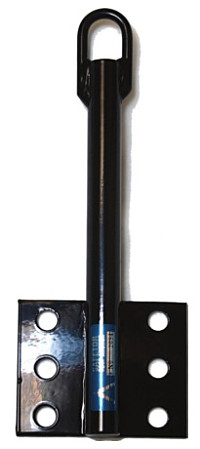


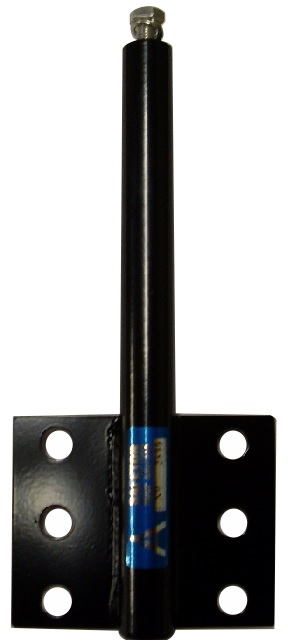

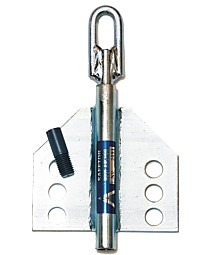
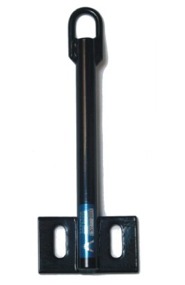
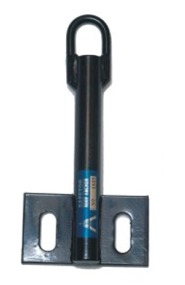


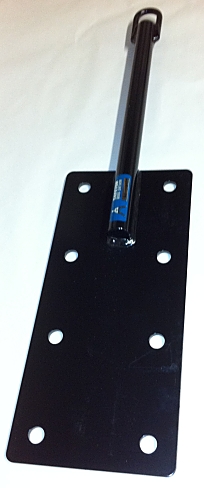
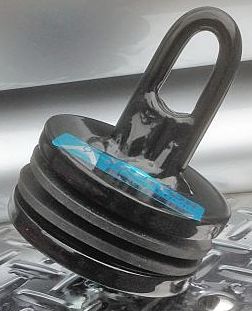
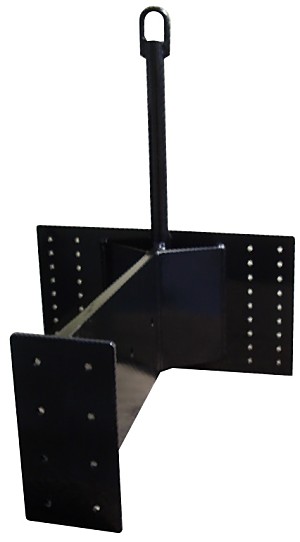
Safetor Height Safety Structural Anchors Will:
- Reduce loading on the structure if a fall occurs
- Absorb energy without becoming brittle through stress loading or cold temperatures
- Survive in the most severe environments without rusting or corroding
- Repel water because of the powder coating we use, snow or ice won’t stick to the anchor
- Safetor Anchors exceed the testing mandate. This is well-proven and fully documented
- Our entire range of structural anchors are manufactured in New Zealand
All Safetor Anchors are Certified to the anchor testing Standards: AS 5532:2025.
This is the Safetor range of structural anchors. When bolted to a structural member, they can all be used as:
- 1. Fall-Arrest anchor points
- 2. Abseil anchor points
- 3. Lifeline end anchors
All Safetor exposed and concealed anchors meet the requirements of the AS/NZS 1891.2:2001 Standards Horizontal Lifeline and Rail Systems and AS/NZS 5532.2013 Standards Manufacturing requirements for single-point anchor device used for harness based work at height.
Load Reduction
All Safetor Structural anchors can reduce the loading on the structure down to 3.8kN
Installation
- The installation should only be carried out by a competent person as set out in the AS/NZS 1891.4:2025 Standards.
- It is the responsibility of the installer to supply to the building owner clear instructions as per the AS/NZS1891.2.2001 section 5.3 Installed systems A & B and a maintenance program for the care of their height safety anchor points
- It is the responsibility of the installer, building designer, or building owner to ensure that the structure to which the anchor is attached will support a load of at least 15kN as set out in the AS/NZS 1891.4:2025 Standards.
NB
It is the responsibility of the installer to obtain a PS1 from an IPENZ structural engineer before installing any height safety anchor points. Upon completion a PS3 or PS4 must be signed off to state that the anchor has been installed as per the PS1.
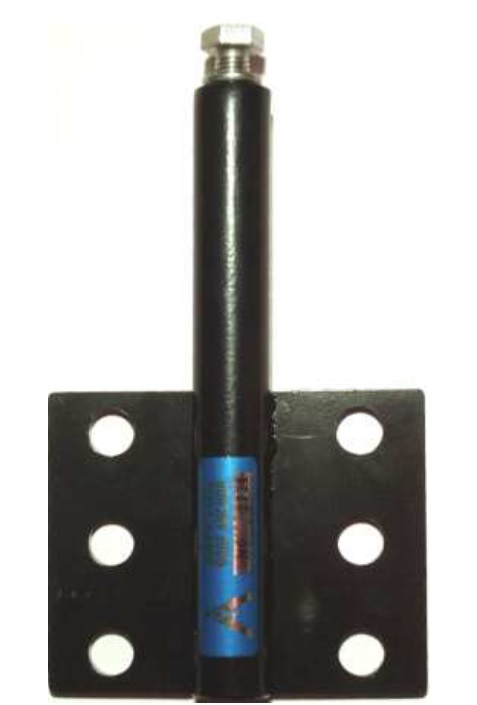
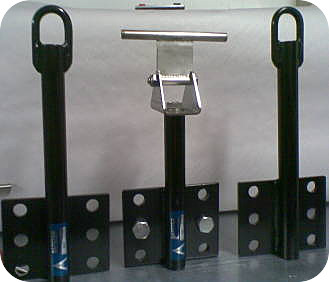
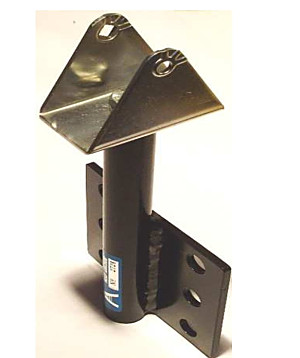
Lifeline Anchors
Safetor supplies structural Intermediate anchors for lifelines. An 8mm to 10mm wire can simply pass through the tube mounted on top of the Intermediate anchor and terminate on the end anchors. We also have a shuttle that passes along the wire without having to disconnect from the wire.
Call us today! We design anchors to suit all your needs and types of buildings.
AS/NZS 1891.4:2025 3.1.2 The building or structure and anchorage points shall be assessed by an engineer, unless it is clear to a height safety supervisor that the anchorage system is structurally adequate. An example of where an engineer may not be required is when an anchorage sling of adequate strength is secured around a solid permanent structure such as a plant room. However, if any doubt exists as to the structural adequacy of the anchorage, an engineer must make an assessment. If called upon to make the assessment, the engineer shall certify in writing that all combinations of loads in a worst case situation can be safely contained by the proposed structure and anchorage points.
Warning
Only competent users who have received training should use this equipment. (Refer to the AS/NZS 1891.4:2025 recommendations concerning selection, use and maintenance).